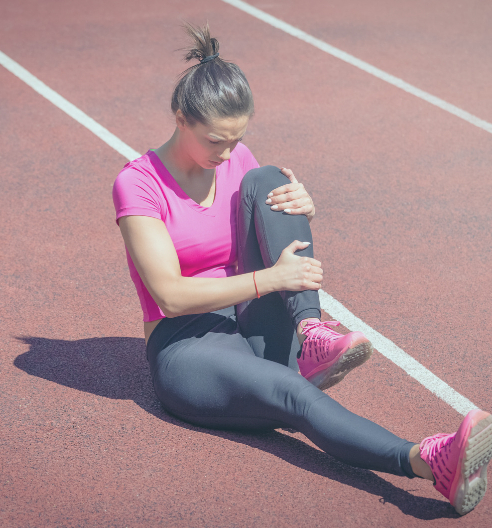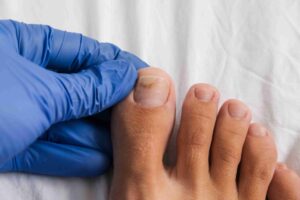Falls: What to do if you fall at home?
A fall occurs when a person unintentionally lands on the ground, a floor, or another lower level. Exercise, altering the environment (especially at home), and lowering some drug intake can all help reduce falls. Supplements with calcium and vitamin D can also lessen the severity of injuries from falls.
Older persons are more prone to falls that require hospitalization and are more likely to happen at home. Did you know that older persons are almost 12 times more likely to fall than be involved in a car or pedestrian accicent? Over half of injury hospitalisations from falls involve a fracture.
Inpatient mortality from acute admission is approximately 4%, with 30-day mortality at 6% and 120-day mortality 10%. Mortality at 30 days has been formerly cited at 7.4% for surgically treated patients and 8.2% for all admissions. Adjusted 30-day mortality is less in hospitals with orthogeriatric services; however, no difference was seen in major trauma centers vs nonmajor trauma centers (7.2% vs 7.8%, P = .3). Annual mortality for hip fracture is 23% and 5-year mortality is 55%.
Falls are common among older people
It is projected that at least one-third of people aging 65 years and over experience fall one or more times a year. Though numerous of these falls do not result in injury, they can cause:
- hip and wrist fractures
- chest injuries including rib fractures
- hip and shoulder dislocations
- head injuries and abrasions
- bruising and sprains
- fear of falling that can cause restriction of activities and loss of confidence.
What to do if you fall at home?
If you experience a fall at home:
- Don’t panic – stay still for a few minutes and try to calm down.
- Call for help if you can.
- Dial emergency services or call your local doctor for help – keep your telephone in easy reach of the floor, for instance on a low table.
- Decide whether you can get up yourself.
If you can get up by yourself:
- Roll over onto your stomach and try to get into a crawling position.
- Crawl to a firm piece of furniture, such as a lounge chair.
- Try to get up onto your knees.
- Push up, using your strongest arms and legs, still firmly gripping onto the furniture.
- Sit down on the furniture.
Hip joint fractures most frequently entail a break at the top of the thigh bone (femur), where it joins the hip joint’s ball. To examine for wounds and determine whether there was a medical reason for the fall, visit your doctor.
If you can’t get up by yourself:
- Try to crawl or drag yourself to somewhere on carpet and try to look for anything that can keep you warm, such as a towel, bedclothes, or clothing, while you wait for help.
- Use your personal alarm, if you have one.
- If you don’t have a personal alarm, use an object that you can bang to make a loud noise, like a walking stick against the wall, to alert a neighbour.
- If you know no one will hear you, keep warm and try to get up once more after a few minutes.
Visit a doctor to check if there are injuries and to evaluate whether there was a medical cause for the fall.
Are you suffering from this condition or other foot problems? One of our chiropodist/podiatrist can assist and then recommend what treatment options are best to get you back on track. ✅
Schedule an appointment here or you may call us at 44 (0) 207 101 4000. 📞
We hope you have a feetastic day! 👣☀️
-The Chelsea Clinic and Team




